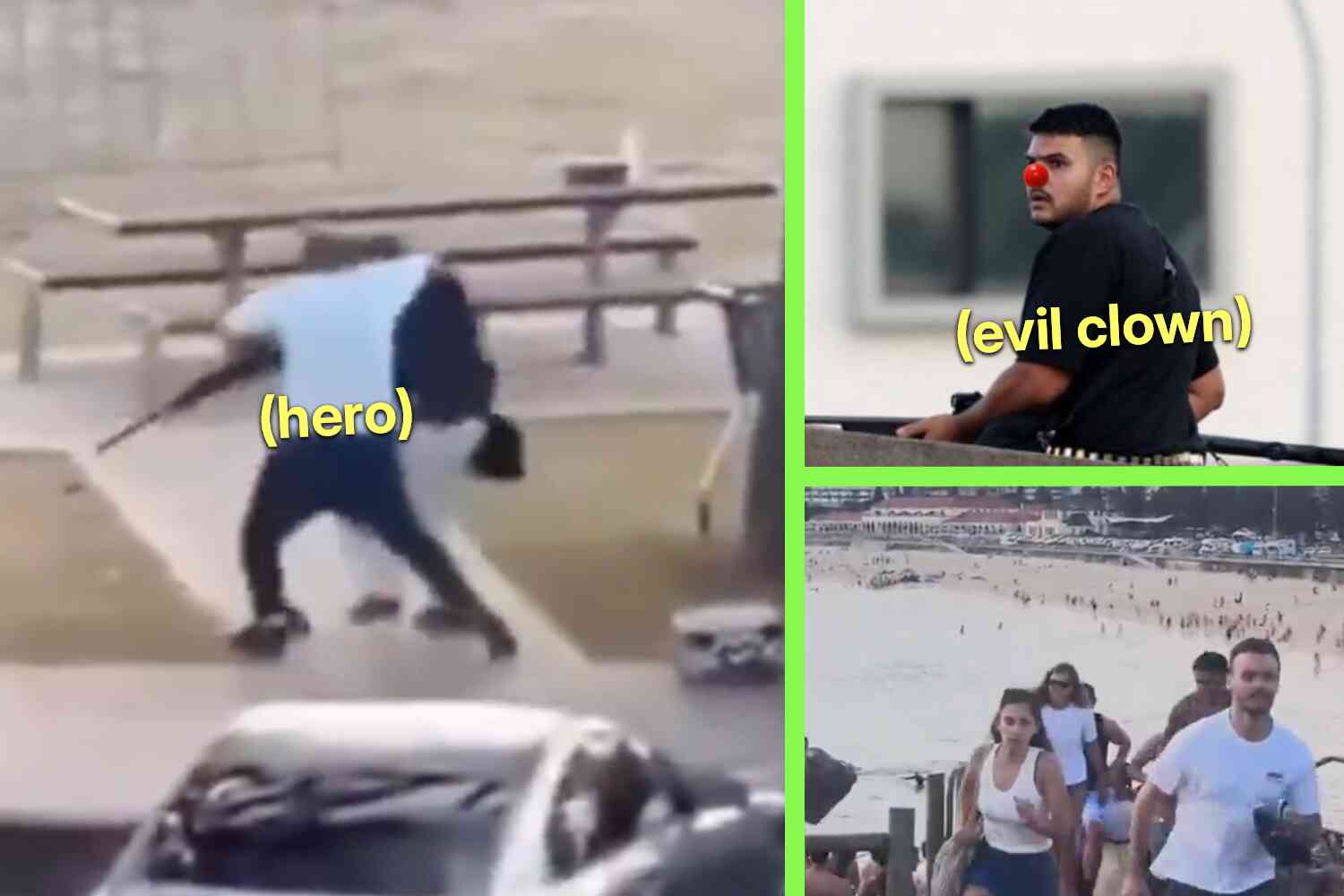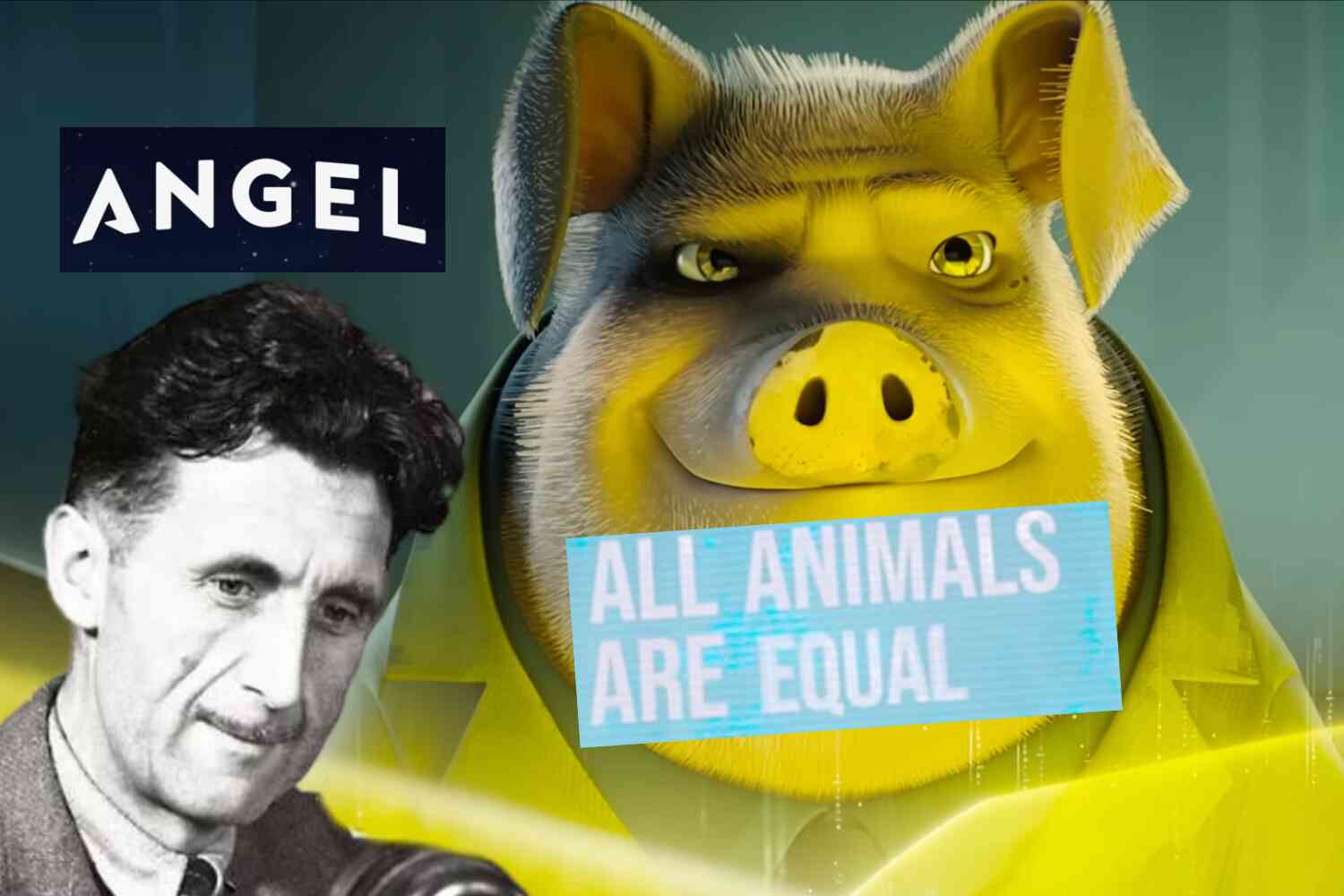You wouldn't think that a standard cat video would herald a new era of groundbreaking technology. I mean, it's a cat video. These things are dime-a-dozen. It's practically what the Internet was made for. Wikipedia literally has its own entry on the topic.
Yet, incredibly, this latest cat video is indeed groundbreaking. And spacebreaking, as well!
NASA's Deep Space Optical Communications experiment beamed an ultra-high definition streaming video on Dec. 11 from a record-setting 19 million miles away (31 million kilometers, or about 80 times the Earth-Moon distance). The milestone is part of a NASA technology demonstration aimed at streaming very high-bandwidth video and other data from deep space - enabling future human missions beyond Earth orbit.
You got to give them respect. NASA's Jet Propulsion Laboratory could have chosen any number of videos to beam back — footage of monumental human accomplishments, or video of great works of art, or a depiction of King Lear, or something.
Instead, they chose ... Taters the Cat.

(I absolutely love the wacky world we live in and people are great 😂)
Uploaded before launch, the short ultra-high definition video features an orange tabby cat named Taters, the pet of a JPL employee, chasing a laser pointer, with overlayed graphics. The graphics illustrate several features from the tech demo, such as Psyche's orbital path, Palomar's telescope dome, and technical information about the laser and its data bit rate. Tater's heart rate, color, and breed are also on display.
Now, maybe there's a scientific reason for this. Taters himself looks pretty chonky. It stands to reason that a video of a tubby cat would take up a good bit more bandwidth than other types of footage. So maybe NASA was really trying to test the limits of its technology here.

The laser communications demo, which launched with NASA's Psyche mission on Oct. 13, is designed to transmit data from deep space at rates 10 to 100 times greater than the state-of-the-art radio frequency systems used by deep space missions today. As Psyche travels to the main asteroid belt between Mars and Jupiter, the technology demonstration will send high-data-rate signals as far out as the Red Planet's greatest distance from Earth.
The technology itself, meanwhile, is really quite impressive:
The demo transmitted the 15-second test video via a cutting-edge instrument called a flight laser transceiver. The video signal took 101 seconds to reach Earth, sent at the system's maximum bit rate of 267 megabits per second (Mbps).
That's wild. Understand that NASA beamed a cat video from 19 million miles away on a faster connection than most Americans have (average internet speeds are still 25-100 Mpbs for those without a ton of money or cheap access to optic fiber).
It's kinda weird to think that NASA might be able to communicate between planets in less time than it takes for me to download a video my friend sent me from across town.
"Despite transmitting from millions of miles away, it was able to send the video faster than most broadband internet connections," said Ryan Rogalin, the project's receiver electronics lead at JPL. "In fact, after receiving the video at Palomar, it was sent to JPL over the internet, and that connection was slower than the signal coming from deep space. JPL's DesignLab did an amazing job helping us showcase this technology - everyone loves Taters."
Congratulations to Taters for making history. Hope you eventually get that laser point, bud!
P.S. Now check out our latest video 👇









